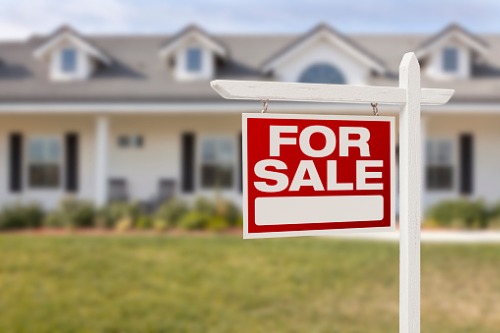Average wage earners still contending with home prices rising much faster than their income

Home prices increased in every metro tracked by the National Association of Realtors through the fourth quarter of 2020.
NAR’s latest report showed that 88% of the metros it followed (161 areas) posted double-digit price gains in the fourth quarter of 2020. In Q3, only 115 metros experienced such growth.
“The fourth quarter of 2020 presented circumstances ripe for home price increases,” said NAR Chief Economist Lawrence Yun. “Mortgage rates reached record lows, thereby driving up the demand. At the same time, inventory levels also reached record lows, leading to grim inventory conditions of insufficient supply in the fourth quarter.”
Bridgeport, Conn. ranked as the top metro with the highest price increases at 39%. Other highest price gainers were Pittsfield, Mass. (32.2%); Atlantic City, N. J. (30%); Naples, Fla. (29.9%); Barnstable, Mass. (28.9%); Crestview, Fla. (28.6%); Boise City, Idaho (27.1%); Binghamton, N.Y. (24.4%); Kingston, N.Y. (24.2%); and Spokane, Wash. (23.6%).
NAR noted that current market conditions have spurred strong demand for vacation homes and affordable homes. According to the report, national destination sites such as Atlantic City, Barnstable, and Naples, along with small towns within driving distance from major cities like Binghamton and Kingston in New York, all saw large price increases due to robust demand.
“Although tourism took a major hit overall throughout 2020, our data shows that vacation housing still did well in terms of sales,” Yun said. “Many people purchased in these areas because they found themselves with new work-from-home freedoms.”
The top 10 most expensive metros in the fourth quarter were San Jose, Calif. ($1.40 million); San Francisco, Calif. ($1.14 million); Anaheim, Calif. ($935,000); Urban Honolulu, Hawaii ($902,500); San Diego, Calif. ($740,000); Los Angeles, Calif. ($688,700); Boulder, Colo. ($661,300); Seattle, Wash., ($614,700); Nassau, N.Y. ($591,600); and Boston, Mass. ($579,100). These metros, except for Boulder, all experienced double-digit growth in median single-family existing-home sale prices.
Yun warned that the large shifts in home prices could soon become detrimental to homebuyers.
“The average working family is struggling to contend with home prices that are rising much faster than income,” he said. “This sidelines a consumer from becoming an actual buyer, causing them to miss out on accumulating wealth from homeownership.”
Low mortgage rates are crucial in helping families afford their monthly payments, according to Yun. In Q4, a family needed an income of $49,908 to cover a 30-year fixed-rate mortgage with 20% down payment – slightly higher than the income required to afford a home a year ago ($48,960 in Q4 2019). In 71% of metros NAR tracked, a family needed less than $50,000 to pay their mortgage in the fourth quarter, compared to 69% in the third quarter.



